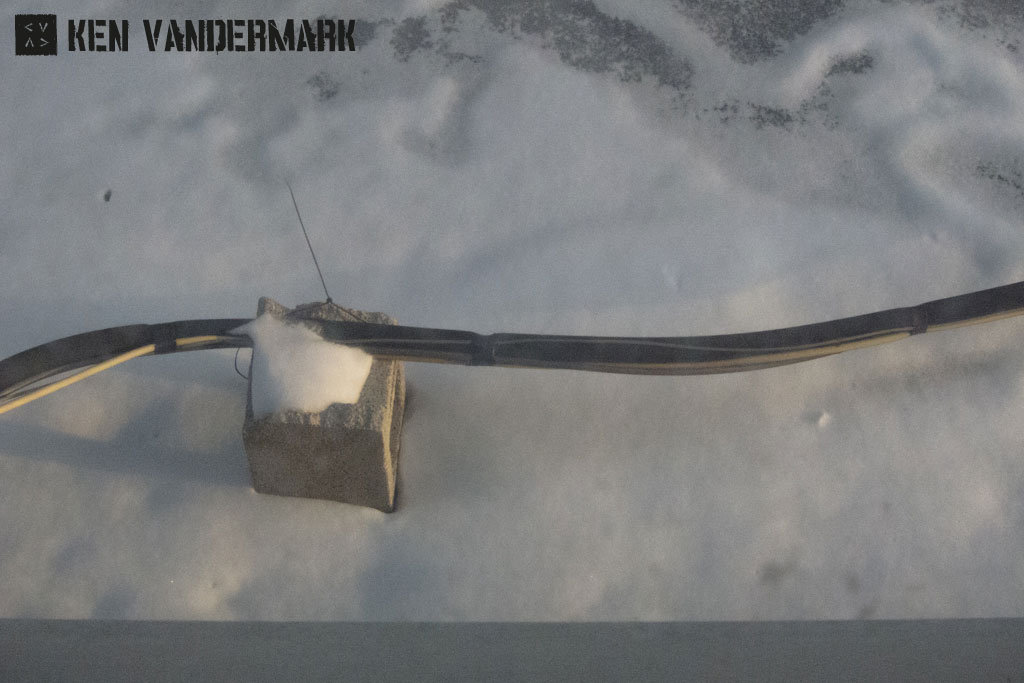

KV: My impression is that your approach to the piano is inspired by new music sources like Xenakis, Cage, etc., as opposed to direct influences from American and European improvisers like Cecil Taylor, Fred van Hove, Alexander von Schlippenbach, etc. Is this true?
AF: Not exactly. I’ve been a huge fan of Cecil Taylor since I heard his “Silent Tongues” recording, in the mid 70’s. This recording changed completely my way of facing the piano, the music and improvisation. Cecil came to Barcelona several times in 1990-92. We met at a friend’s place where he was staying and shared some days together, both musically and personally. I also remember listening to the Art Ensemble of Chicago, Archie Sheep, etc. in the 70s.
But at the same time, in 1978, I went to study with Iannis Xenakis in France. I was fascinated by his music and eager to know more about it. I also went to the famous summer course of contemporary music in Darmstadt, Germany. In that moment I was hungry for new music, new compositions, new composers. I just wanted to know where we were musically, because Spain was a desert, or semi-desert regarding contemporary music. We were just coming out of the Franco era, who died in November, 1975. The only way to learn about it was traveling abroad.
So in the 70s I was having a foot in Free Jazz and another one in Contemporary Music. And both ways of understanding the music have molded my own vision. I don’t see them as different disciplines, as some people may. And I think you can learn from both of them, different things and different techniques.
On the negative side, I have never been accepted as a straight performer of Contemporary Music because the community (the “classical” musicians) thinks that I improvise too much. And I haven’t been accepted as a straight jazz performer, because the jazz community thinks that my playing is too abstract and “contemporary” and far away from the roots (blues, swing, standards, etc). I can play straight jazz or contemporary music, but I don’t do it. It’s just my option.
For me, Cecil Taylor, Fred van Hove, Alexander von Schlippenbach, and many others, are just the greatest pianists of my era (don’t forget John Tilbury!). I’ve learned so much from them! And Xenakis, Cage, Ligeti, Feldman, etc. are the great composers of my era as well. A great source of inspiration. Problem? No problem. The only one difference between them is that the pianists create music playing the piano, and the composers create music filling pages of music.
KV: And how have you tried to incorporate the techniques and musical information from the sources that have inspired you, whether from through-composed sources, or improvised music sources?
AF: For me there is no difference between both sources. I have a more wide and integrative vision of the instrument and the techniques of the actual contemporary musics. I have been a privileged witness of the radical change in music in the last 40 years. Music used to be a practice based on notes (and here you can think of complex classical or jazz harmony, serialism, variations, permutations of notes, etc.), and today has become a practice based in tones, sounds. And this shift has changed completely the way we approach music. Pioneers like Varèse, Schaeffer, Xenakis paved the way. But also electronic music, rock, world music. The way we perceive sounds and music has changed. Not good, not bad, just changed. In every sound there is a note, and every note is a sound as well.
KV: Some musicians that I know have come to work with improvised music from a background in contemporary composed music and separate the two activities; either working as a composer who completely notates their material, and then performs music that is completely improvised (Elisabeth Harnik); or as a performer that plays completely notated music or completely improvised music (John Tilbury); but they don’t work with music that incorporates or combines pre-composed materials with improvised ones. Since you work with Barry’s New Orchestra, as one example, what is your perspective on the use of notated and improvised materials in music composition and performance?
AF: I understand them as different ways (notated or improvised materials) of organizing music. It depends on the degree of control you want or need in music (as a composer or as a listener). The results are not that different. Also, it depends on how much you need or like spontaneous order or spontaneous chaos.
The most difficult thing is to switch from one mode to the other one, as in the BGNO. You are improvising freely, reacting to the other musicians, trying to fit and being creative [in the moment] and all of sudden Barry is marking the bar before a notated section where you are playing “obligato” the same melody and rhythm with the bass clarinet, who is on the other side of the stage. You have to immediately change your way of playing! And also the other way- you are playing your part from the score and instantly you have improvise at the highest level possible; that means being creative, sensitive, assertive, in the moment, etc. This is very difficult, switching form the left side mode of the brain to the right side mode.
© 2024 Ken Vandermark – musician & composer | Disclaimer